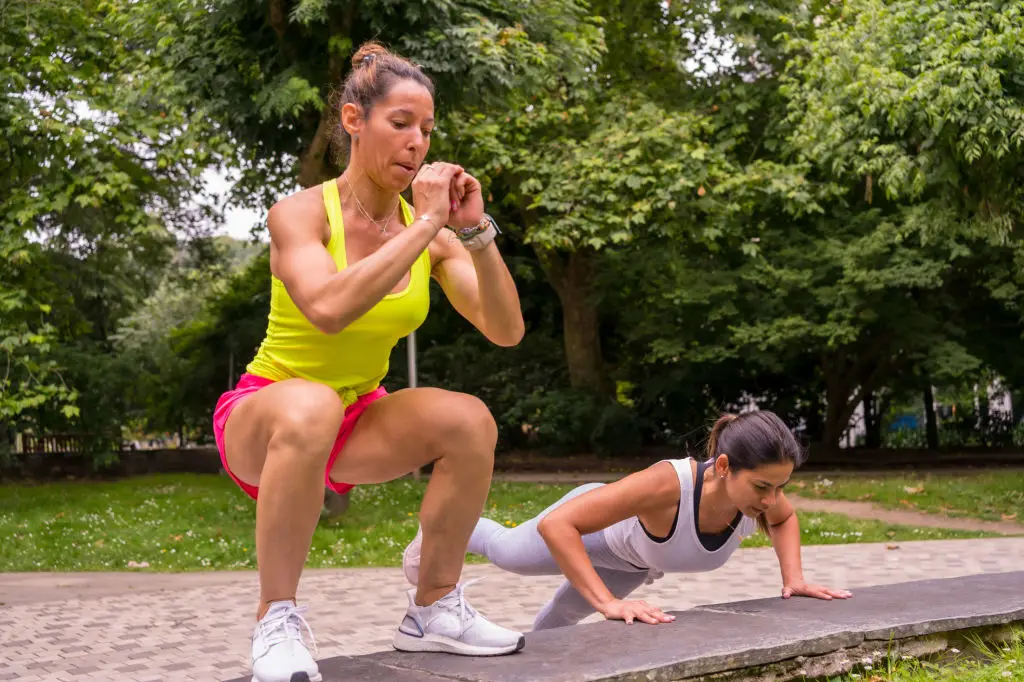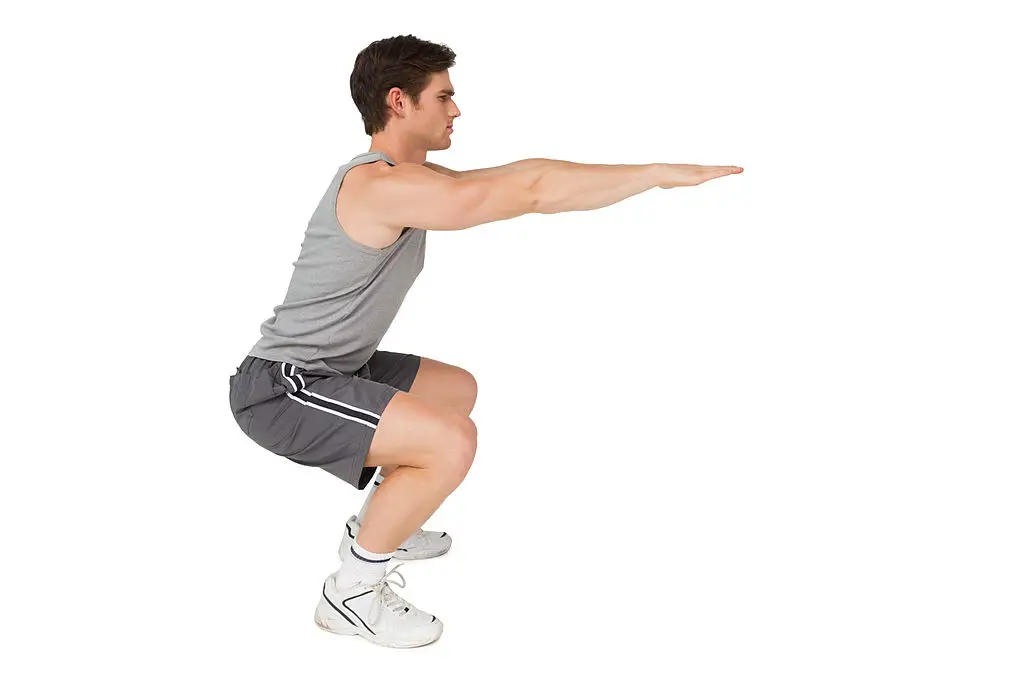11 Movement Snacks That Add Years to Your Life
3. Air squats during breaks

Air squats—standing, then bending the knees and hips to sit back briefly—are a compact strength snack you can do in your home office or kitchen. Squats load the largest muscles in the body, which supports bone health, joint stability, and the ability to rise from chairs and steps as we age. Try a set of 10–15 air squats during a short break or do timed bursts of 30 seconds repeated two or three times through the day. Keep weight in your heels, chest lifted, and knees tracking over toes for safe mechanics. If full squats are challenging, use a chair behind you and sit to stand repeatedly, or hold onto a countertop for balance. Progress by increasing reps, adding a slower tempo to boost muscle time under tension, or holding light household items for extra resistance. Because squats are functional, they translate directly to daily tasks like lifting groceries and climbing stairs. Aim for steady, pain-free practice rather than maximal depth; small consistent sets will preserve strength and independence over time. If you have knee or hip pain, choose a supported variation and consult a physical therapist for personalized guidance.
4. Wall sits for leg endurance

Wall sits are a static leg-hold where you lean your back against a wall and bend knees to about 90 degrees, holding the position for a set time. They build muscular endurance in the quadriceps and glutes while requiring minimal space or equipment—ideal for short movement snacks between meetings. Aim for three 30-second holds with a minute of rest between each, or adjust times to match your comfort and fitness level. Holding is lower-impact than repetitive squats but still stimulates strength and circulation, which supports mobility and daily function as we age. To modify, start with a higher knee angle so hips aren’t as low, or perform shorter holds and add more repetitions. Breathe steadily and avoid holding your breath. People with knee issues should test gentle variations first and consult a clinician for persistent pain. Over weeks, increase hold duration or reduce rest to build endurance. Paired with brief walking and hip mobility work, wall sits help preserve the leg power needed for independence and safe movement across the lifespan.
